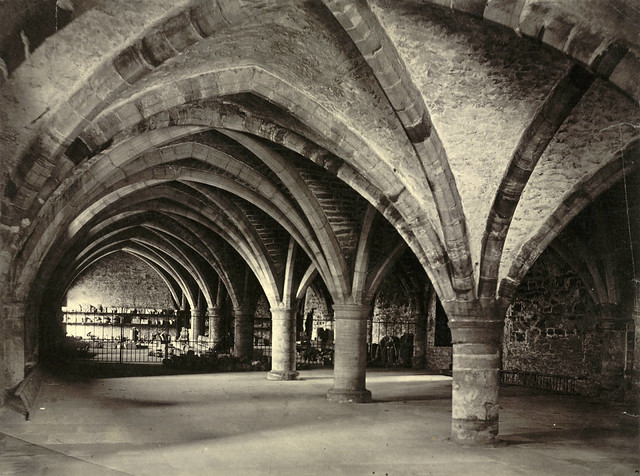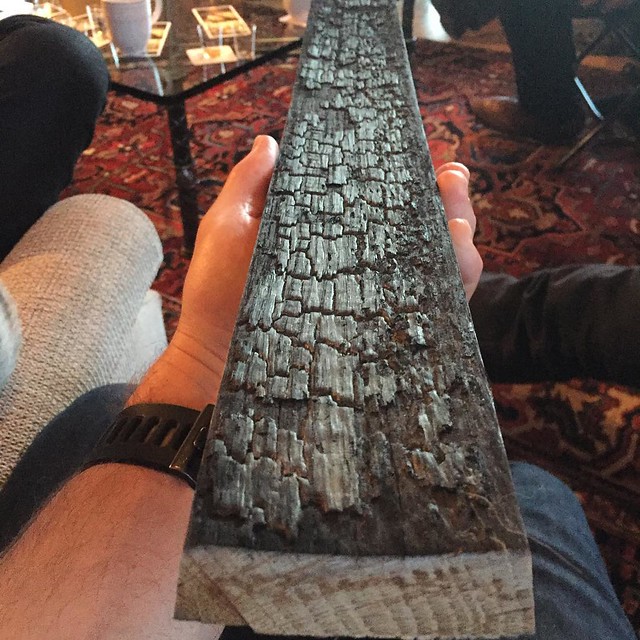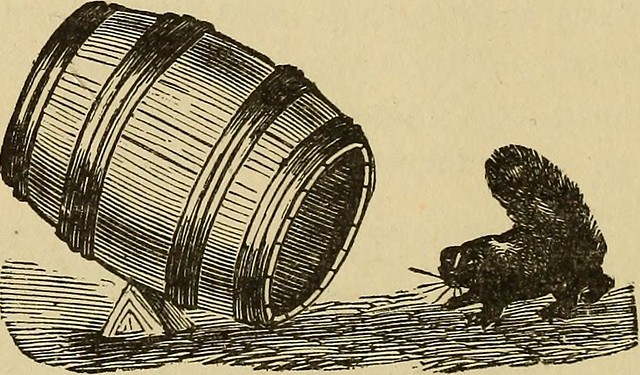5 ways barrels are more impressive than a 7th grade science project
The surprisingly advanced technology known as the wooden cask dates back at least 2,500 years, when the Greek historian and world’s first investigative reporter, Herodotus, mentioned casks in relation to palm-wine. In fact, the technology probably predates Herodotus’ account by a number of years when considering that the craft of ship-building had relied on heating wood to bend and shape for a number of years prior.
A barrel — which is a 53 gallon version of the more generic term, cask — consists of 3 main parts: the stave, the head, and the metal hoop. A stave is a wooden slat, bent through the application of moisture and heat, that, when grouped together, comprises the body of the barrel. The head is the circular cap on each end of the barrel. The metal hoop — usually six per barrel — is wedged onto the staves to hold them in their circular shape.
Economies of scale
The staves in a barrel are all be identical, thus allowing for mass-production. So casks were perhaps one of the first technologies to take advantage of economies of scale.
Ergonomics 101
Once the casks are assembled, they’re fairly cumbersome to move, especially by a solo practitioner. Yet casks are a clever lot: they shallowly bow out in the middle, allowing them to be rolled with minimal friction and turned on a dime, even by a single dock-worker. (We mention dock workers because casks of wine were often shipped from Spain and France to Holland starting in the 1600s, among other trade routes of varying degrees of civility.) Thus, long before the halcyon days of carpel tunnel and worker’s comp, casks are an early example of ergonomic design.
The glorious arch
When filled with bourbon, a barrel is a damn near unmanageable 500 pounds. A piece of cake for a World’s Strongest Man winner, perhaps, but think about how this must feel to those poor, wooden staves holding the liquid in. Yet casks rely on the geometric wizardry of the arch to distribute compression evenly through its entire structure. The ingenious arched shape of casks has thus preserved their survival on countless rough-and-tumble journeys through the canter of time. (Biased editor’s note — we’re willing to admit that UGA did not invent the arch.)
The original Lincoln logs
In part due to the metal hoops, a whiskey-maker can safely store a barrel on its side, which allows the distiller to stack barrels and preserve space. So barrels were like the original Lincoln logs, stackable units for efficient use of space.
Low sodium seasoning
Last but not least, most distillers who age spirits in casks the world over do so in casks made of oak. (A famous counterexample: Portuguese brandy-makers sometimes use chestnut casks.) Oak is remarkable for its unique combination of being malleable and structurally strong. But it’s perhaps even more remarkable for imparting flavors of vanilla, caramel, coconut, and over 400 other flavor compounds after a cooper caramelizes its sugars by charring its surface. Some whiskey experts claim that the cask imparts more than 50% of a whiskey’s final flavor. Thus, caramelized oak may be thought of as one of nature’s most complex seasonings, far superior to celery salt and even the esteemed saffron.
Speaking of well-seasoned whiskey, if you'd like to know when we release our newest bourbons and single malts, make sure to become a Supporting Reader:
Honorable mention: catching vermin
Last but not least, we think the image below may be worth 1,000 words for another impressive attribute of barrels. Spoiler alert: they're great at catching squirrels.




